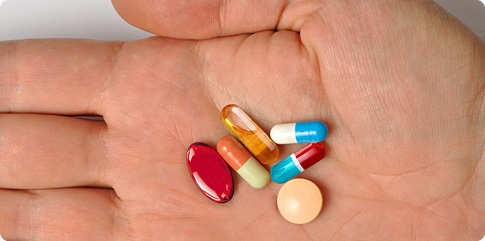Previously, we talked about dosage forms and their significance. We mentioned that dosage form of a medication is the mean by which it reaches its action site. We went through the classification of dosage forms generally. The main classification is according to the route of administration, or physical form. This time we are going to highlight the renowned oral dosage forms.
Among different choices, oral dosage forms are usually the most convenient choice. As known worldwide, taking a medicine via oral route is one of the best options. As it’s the simplest and easiest way for any patient to take a medication. For many advantages, orally taken medications are much preferred than those of other routes.
Advantages of oral dosage forms
- Appropriate for any patient, whatever the age is
- The most natural and easiest route of administration
- Includes a big variety of dosage forms
- Economical and safe to the patient
- No nursing is required, which means the patient can take it with no help
- Toxicity is delayed due to the late onset of action which permits easier recovery than in case of other dosage forms
Disadvantages of oral dosage forms
- Delayed onset of action because absorption takes time
- Not suitable in emergency and for unconscious patients
- Not convenient for a patient with a gastrointestinal disorder such as diarrhea, constipation, ulceration, and hyperacidity in stomach
- Sometimes, the medication itself is the cause of such problems in the GIT like aspirin and many NSAIDs which may lead to ulcers in stomach upon recurrent usage on the long run
- Not convenient if the patient suffers malabsorption syndrome in which absorption through small intestine is not ensured
- Not adequate for medications liable to inactivation or destruction in the GIT. E.g. insulin is a protein, if taken orally, it’s digested in the stomach like the protein present in food such as meat and fish
- Not a good choice in case of uncooperative patients as children and infants
- Not appropriate if the patient suffers chronic vomiting
■ Check out: Dosage forms: introduction to pharmaceuticals
In a glance, we will have a look on some dosage forms administered orally.
Oral dosage forms
1- Tablets: they are the most renowned oral dosage form among them all. There are various shapes, sizes and colors of tablets. They are present in different forms such as the flash, the chewable, or the simple one you swallow.
2- Capsules: cylindrical shells inside which the medication is filled as granules, powders, pellets, or a mix of two or three of them. After taking the capsule, it breaks and drug is released in the appropriate time according to the kind of medication and design of the capsule.
■ Check out: Caplet dosage form
3- Oral suspensions: the drug is mixed with a liquid, but without being dissolved. The drug particles are suspended in the liquid. The suspension should be shaken before use to diffuse the drug particles uniformly in the liquid. Hence, optimum doses are guaranteed.
4- Emulsions: specific type of liquids administered orally. They are mainly either oil in water (O/W) or water in oil (W/O) emulsions. Water is inside oil or vice versa.
5- Lozenges: small tablets intended to be dissolved inside the mouth slowly. They are used for achieving local effect as soothing and purging the throat. Sometimes they are used to relieve cough.

